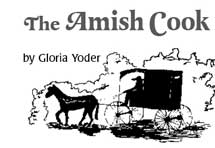More than 300 dead in one strike! The word “CHILDREN” painted in large Cyrillic letters on the ground to let Russians know that children were sheltered there did not deter their bombing of the Donetsk Regional Theater of Drama on March 16, according to CNN. Up to 1,300 individuals had sought refuge there in Mariupol….


